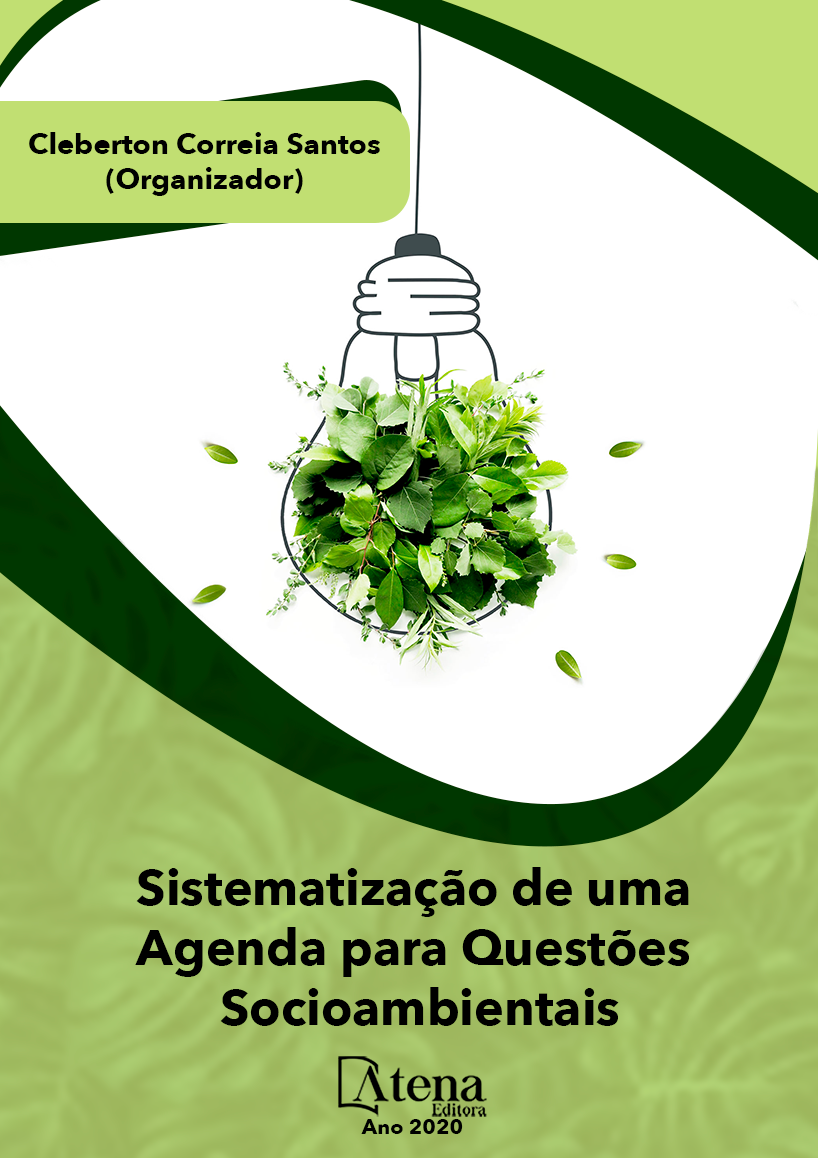
CARACTERIZAÇÃO DA ÁREA DE PRESERVAÇÃO PERMANENTE DO RIO GUAIÓ¹
O panorama nacional mostra claramente a urgente necessidade de preservação e recuperação das Áreas de Preservação Permanente (APP), visto que estas são de grande importância na preservação dos recursos hídricos tão ameaçados e em discussão diante da crise hídrica atual. O presente trabalho tem como objetivo realizar uma caracterização de uso do solo em uma APP localizada as margens do rio Guaió, que nasce no município paulista de Mauá, ao lado da nascente do Rio Tamanduateí, no Parque Ecológico Santa Luzia. Com aproximadamente vinte quilômetros de extensão, o Guaió desloca-se, a jusante, tendo, do seu lado esquerdo, os Municípios de Ferraz de Vasconcelos e de Poá, e, à direita, os Municípios de Ribeirão Pires e de Suzano, onde temos a sua foz no Rio Tietê. O mesmo atualmente se mostra como um dos tantos rios do nosso país que sofrem com as ações e ocupações urbanas desordenadas, que resultam quase sempre na perda da qualidade dos seus efluentes e também na perda da mata ciliar remanescente em suas margens. A APP do rio foi delimitada, com base nos critérios previstos na Lei Federal 12.651/2012 (código florestal) a partir de um programa de geoprocessamento. Com relação ao uso e ocupação do solo, foram definidas quatro categorias distintas, a saber: I – APP Preservada; II – Solo Exposto; III – Ocupação Urbana e IV – Vegetação Degrada. Os resultados mostraram que Ferraz de Vasconcelos é o município com maior extensão de APP preservada e que a ocupação urbana da APP prevalece em Mauá e Ribeirão Pires; Em todos os municípios existe a presença de solo exposto ou degradado, permitindo concluir que é possível fazer uma intervenção destas áreas antes do predomínio da ocupação urbana, restaurando assim, os processos ecológicos pertinentes as matas ciliares e contribuindo para a conservação hidrológica do Rio Guaió.
CARACTERIZAÇÃO DA ÁREA DE PRESERVAÇÃO PERMANENTE DO RIO GUAIÓ¹
-
DOI: 10.22533/at.ed.0562015045
-
Palavras-chave: Área de Preservação Permanente; Legislação Ambiental; Recuperação Ecológica; Mata Ciliar.
-
Keywords: Permanent preservation area; Environmental legislation; Ecological recovery; Riparian Forest.
-
Abstract:
The national panorama clearly shows the urgent needed for preservation and restoration of Permanent Preservation Areas (APPs), as these are of great importance in the preservation of water resources so threatened and under discussion in the face of the current water crisis. This paper aims to perform a land use characterization an APP located on the margins of the Guaió River, which is born in the city of Mauá, São Paulo State, next to the river source Tamanduateí, localizeted in the Santa Luzia Ecological Park. About twenty kilometers long, the Guaió travels downstream, having, on its left side, the municipalities of Ferraz de Vasconcelos and Poá, and on the right, the municipalities of Ribeirão Pires and Suzano, where we have its river mouth Tietê. It’s currently one of the many rivers in our country that suffer from disordered urban actions and occupations, which almost always result in the loss of the quality of their effluents and the loss of the remaining riparian forest on this margins. The APP of the river was delimited, based on the criteria provided for in Federal Law 12.651/2012 (forest code) from a geoprocessing program. Regarding land use and occupation, four distinct categories were defined, namely: I - Preserved APP; II - Exposed Soil; III - Urban Occupation and IV - Degraded Vegetation. The results showed that Ferraz de Vasconcelos is the municipality with the largest extension of preserved APP and that the urban occupation of APP prevails in Mauá and Ribeirão Pires; In all municipalities there is the presence of exposed or degraded soil, allowing to conclude that is possible to make an intervention of these areas before the predominance of urban occupation, thus restoring the ecological processes pertinent to the riparian forests and contributing to the hydrological conservation of the Guaió River.
KEY-WORDS: Permanent preservation area; Environmental legislation; Ecological recovery; Riparian Forest.
-
Número de páginas: 12
- DANIELA SOARES AMARAL
- ALEXANDER SERGIO EVASO
- SUELY DE MEDEIROS ONOFRIO GAMA
- Elisangela Ronconi Rodrigues


